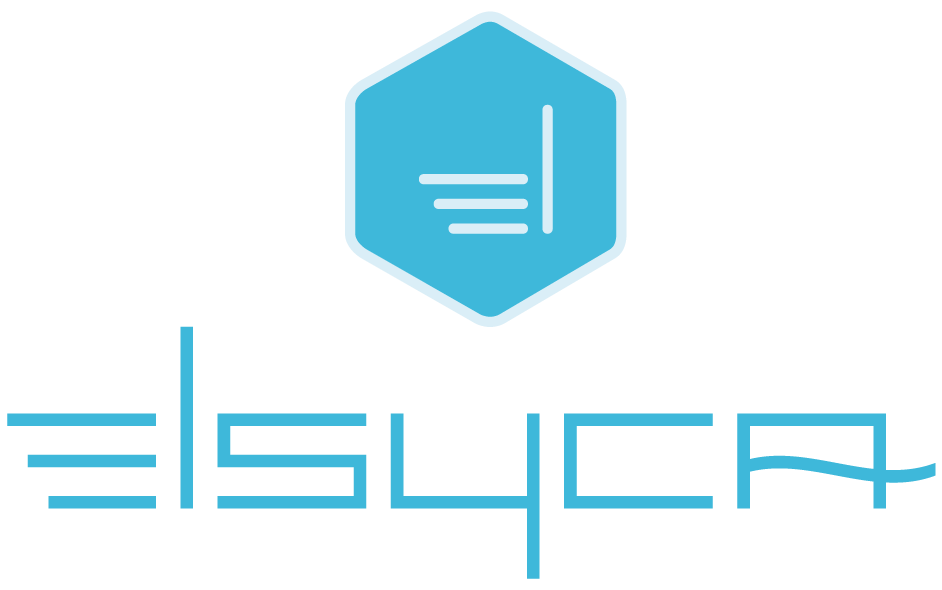
Platinum bond layer plating, what is it?
Blog Post
Platinum bond layer plating
In modern gas turbine engines the high pressure turbine section blades and vanes are exposed to temperatures in excess of 1000 degrees Celsius. The high temperature oxidation resistance of platinum modified aluminide diffusion coatings turns out to be much better than aluminide diffusion coatings not containing platinum. The corrosion resistance of thermal barrier layer of nickel or cobalt based superalloys can be further improved by a ceramic layer on top of the aluminide diffusion coating. In contrast to the processes for applying the aluminide and ceramic layer, the platinum bond layer is applied through an electrochemical plating process. Typical electrolytes that are used in industry include P-salt baths, Q-salt baths and HPA (hexahydroxy-platinic acid) baths.
The plating efficiency and deposit quality (porosity, roughness) of these baths strongly depends on local current density and hydrodynamic conditions (local electrolyte refreshment rate). Due to their limited throwing power the layer thickness distribution over a blade as obtained in these baths often shows a variation of a factor 2 or more. For double and tripple vanes this can easily increase to a factor 5. Traditionally these problems are circumvented by lowering the plating speed and by overplating large surface areas in order to reach minimum specifications (often 3 to 5 micron) in more recessed areas. There is obvious drawbacks to this strategy as lowering the plating speed automatically lowers the plating line capacity proportionally, while overplating by definition means that platinum is given away. For larger blades and vanes the weight of excess platinum on the part will easily surpass 1 gram, representing an additional raw material cost of over 50 USD or 50 EUR per part.
Elsyca's solution
Elsyca's Advanced Engineering Services (AES) team has a longstanding track record of selecting the best combination of tooling components for advanced control of current density and electrolyte refreshment over the plateable surface of blades and vanes. These tooling components will often include an integrated configuration of shields, conforming anodes, current robbers and a forced flow system. The Computer Aided Engineering (CAE) work relies upon computer simulations for obtaining the fluid flow conditions as well as current density and layer thickness distribution over the parts. The tooling configuration is iteratively improved based on the simulations results while accounting for all possible practical restrictions with respect to manufacturability, hardware cost and maintenance issues.
Simulations are based on in-house developed software platforms for the prediction of current density and layer thickness distribution.
Elsyca's AES for platinum plating of turbine blades and vanes include the laboratory characterisation and sensitivity analysis of platinum plating baths, a single part plateability analysis, a plating feasibility analysis for a rack of parts with part configuration and tooling as specified by the customer, CAE of an optimised tooling configuration for a single part or a rack of parts, or the design of a dedicated plating cell including optimised tooling configuration and forced flow system.
Elsyca can deliver a hardware prototype of a dedicated plating cell on customer demand, whether incorporating a classical tooling configuration that comprises shields and / or auxiliary anodes or Elsyca's patented Intellitool technology. For projects that involve the CAE of an optimised tooling configuration, Elsyca will typically deliver technical drawings and Bill of Materials for the tooling and fixture system (single part) or for the entire rack.
